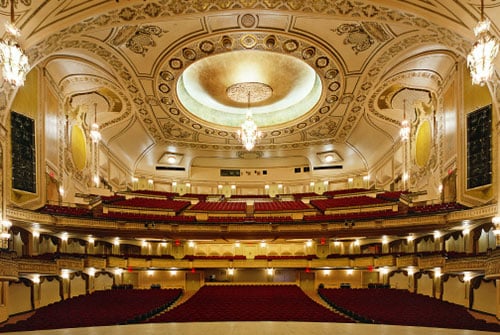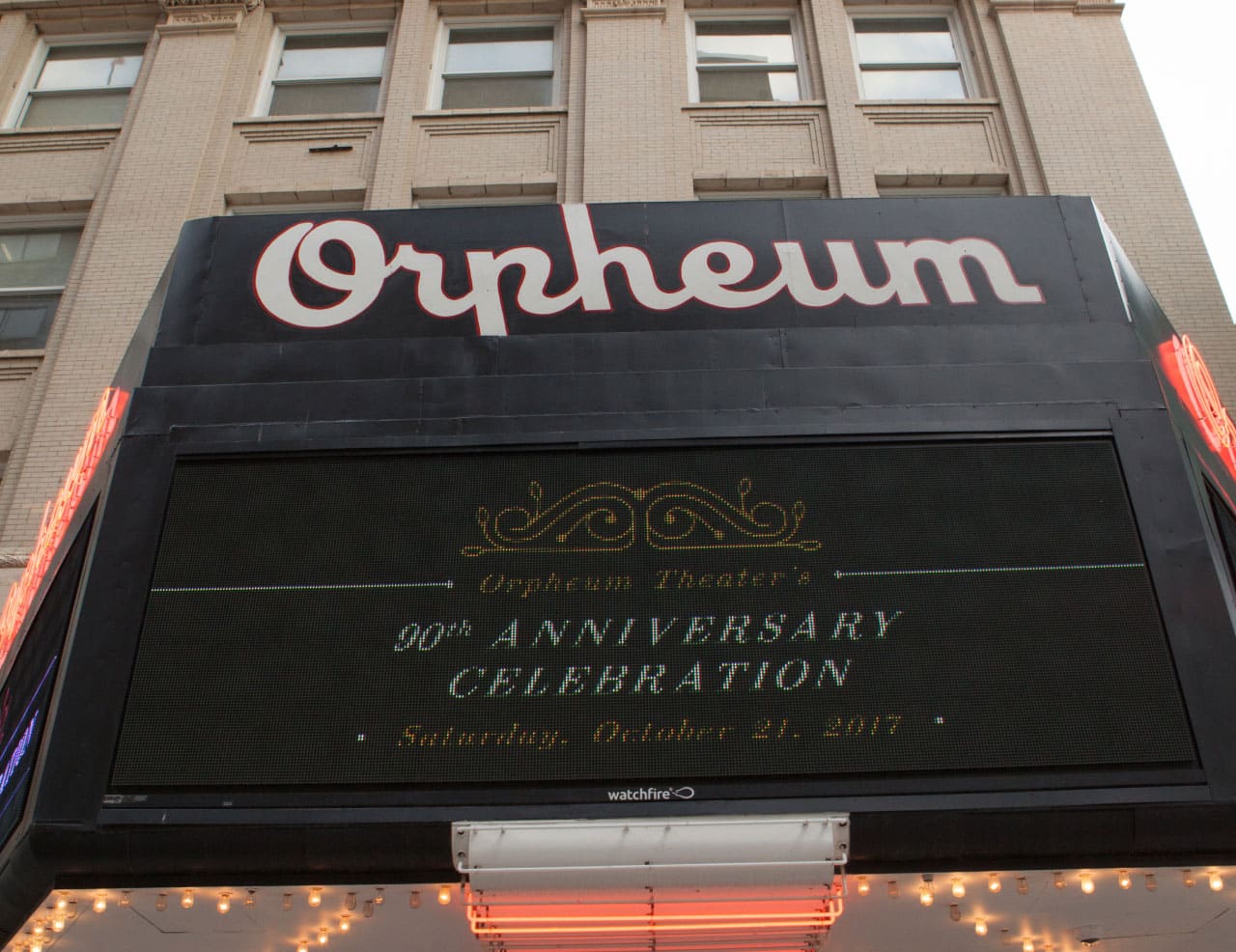This cultural cornerstone has served as the home for performing arts in Omaha for nearly a century.
Setting the stage
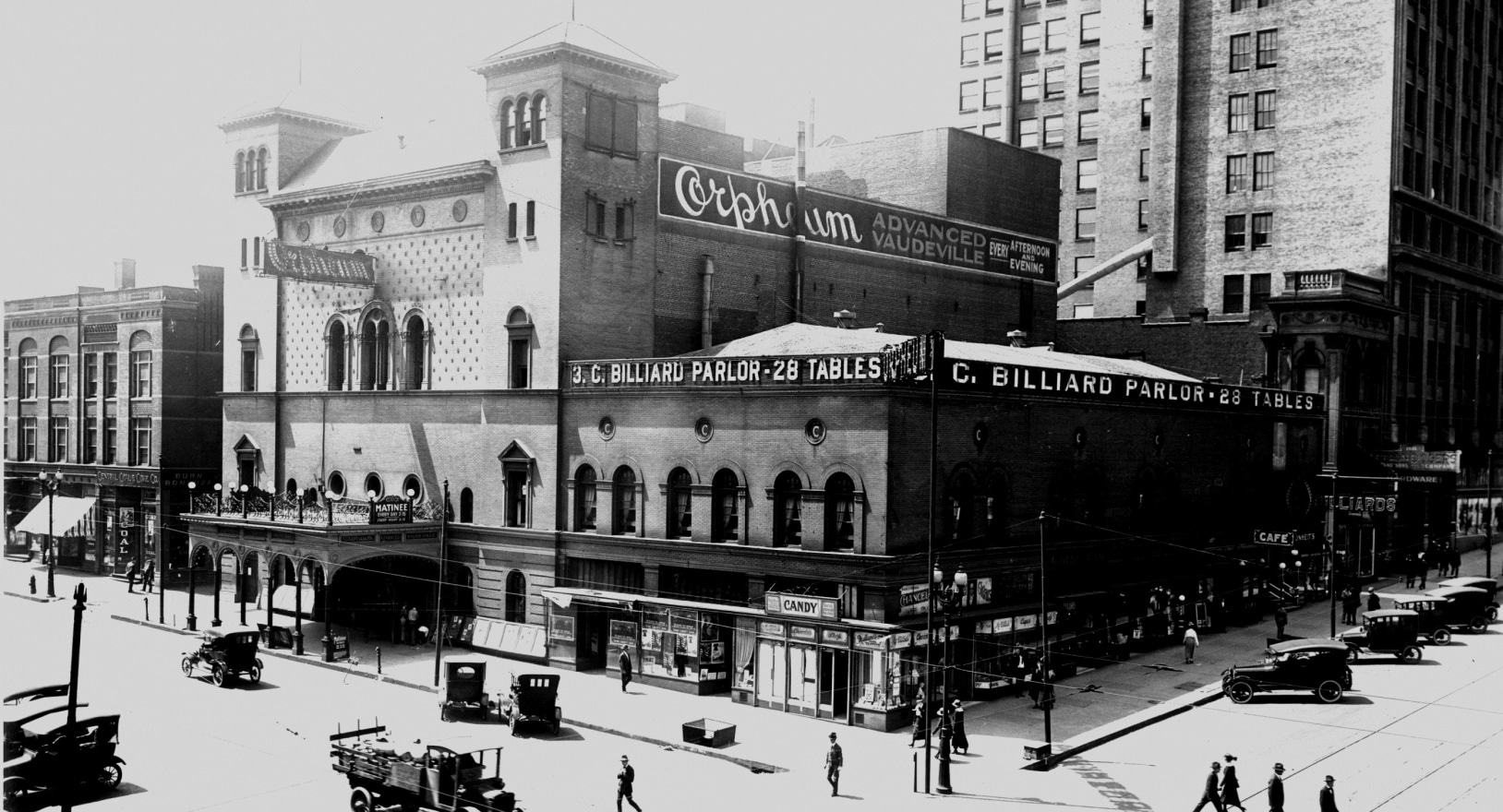
- The Withnell Building, built by pioneer contractor John Withnell, served as headquarters for the U.S. Army's "Department of the Platte," stretching from Canada to Texas. In 1895, the Army headquarters moved to Fort Omaha near 30th and Fort Streets, and the opportunity to develop Harney Street between 15th and 16th streets emerged.
The Creighton Theater
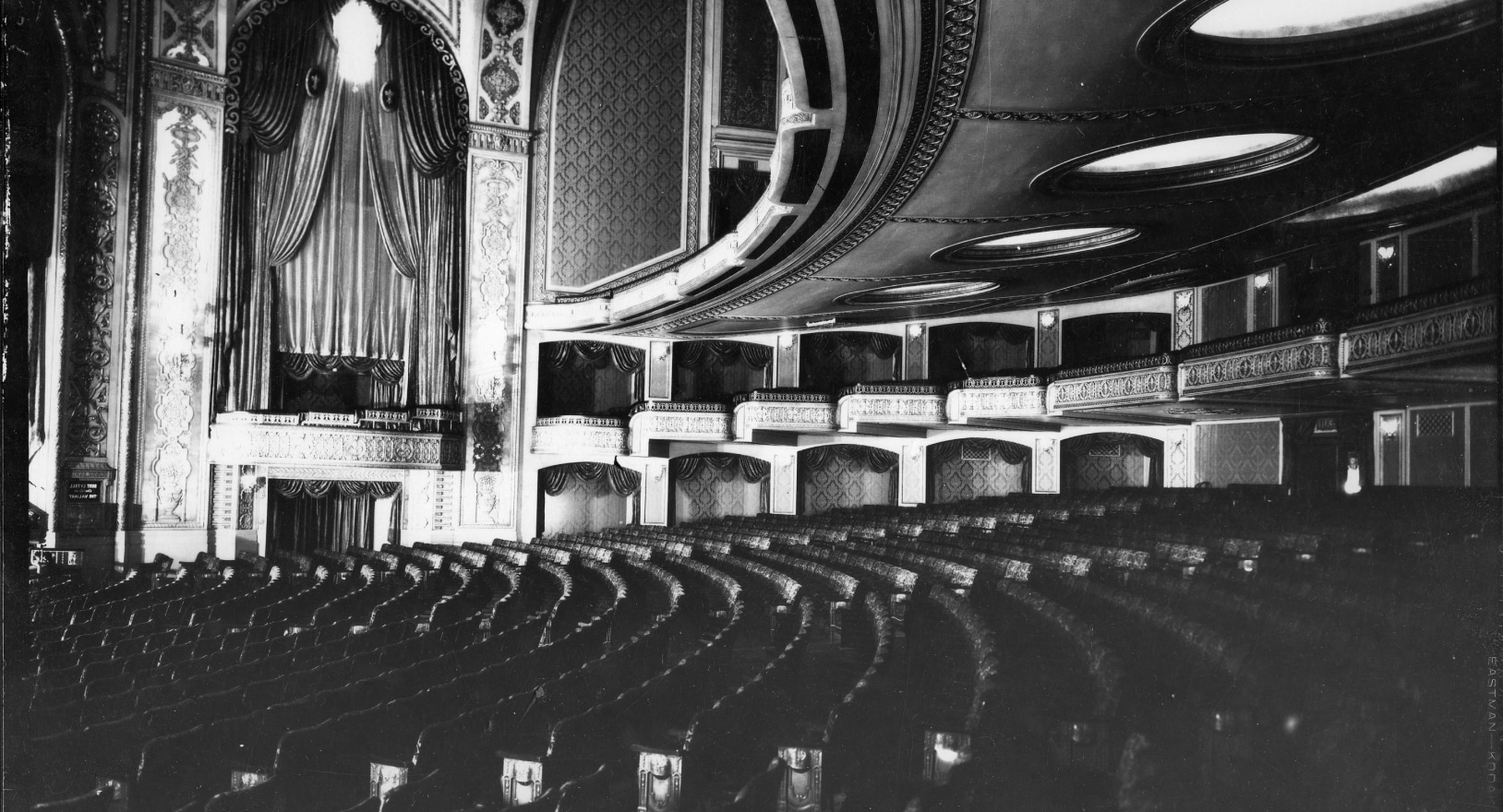
- The first venue was called the Creighton Theater, named after John A. Creighton. It seated more than 800. The Creighton Theater opened on August 22, 1895, with a drama, "The Masqueraders," by Charles Frohman's company. It was reported to have been "a gala social event, with a full house, especially in the saloon."
Omaha and the Orpheum Circuit
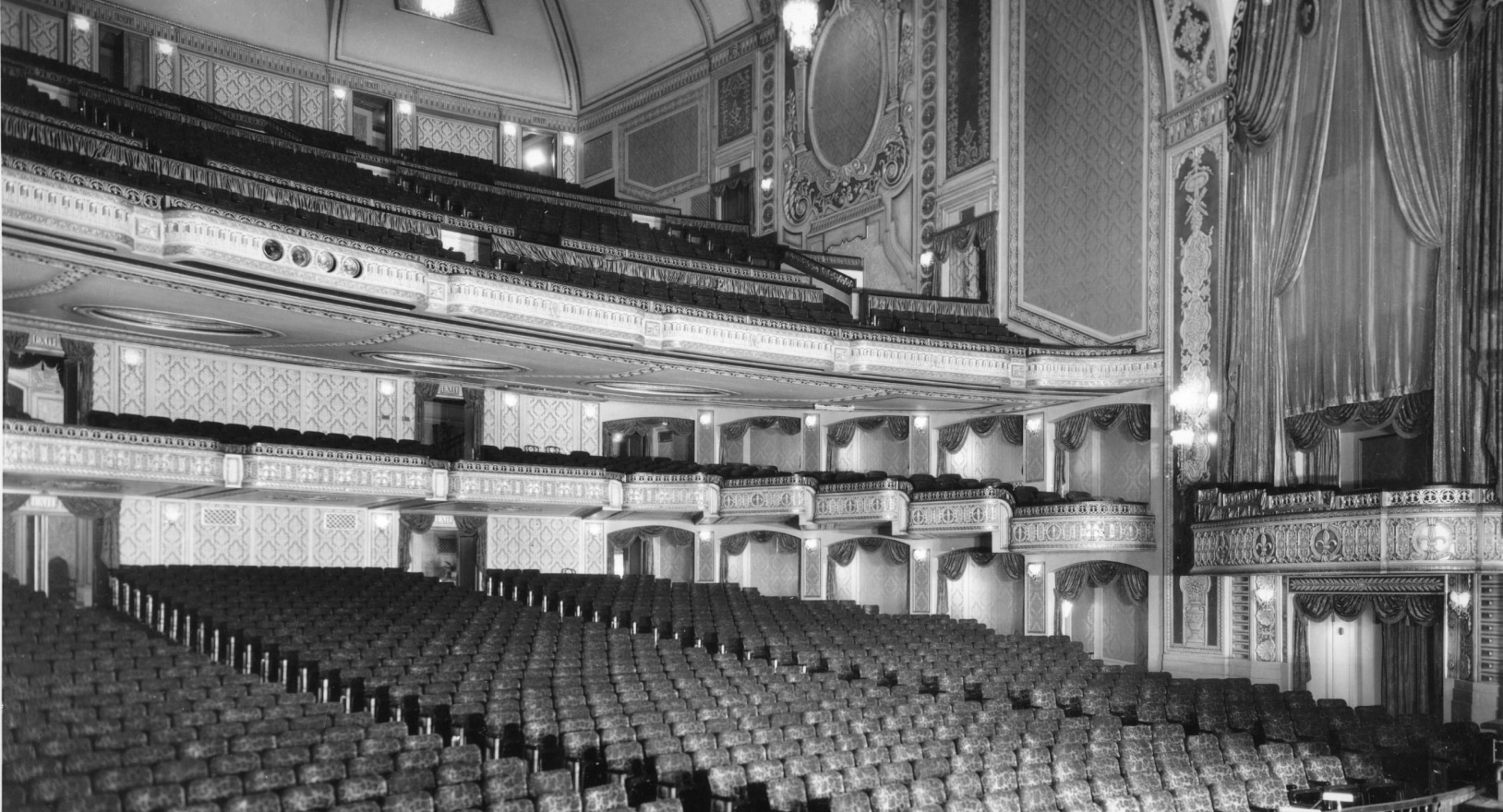
- By 1898, there was a widening national recession, so the Creighton Theater was sold to the Orpheum Vaudeville Circuit. The theater became The Creighton Orpheum, shortened to the Orpheum by 1906. Omaha was then in the company of eight other cities on the circuit. Shows were held each day at 2:15 PM and 8:15 PM. Admission ranged from 10 cents for children or gallery seats to 50 cents for adult main floor seats in the evening.
The "New" Orpheum Theater
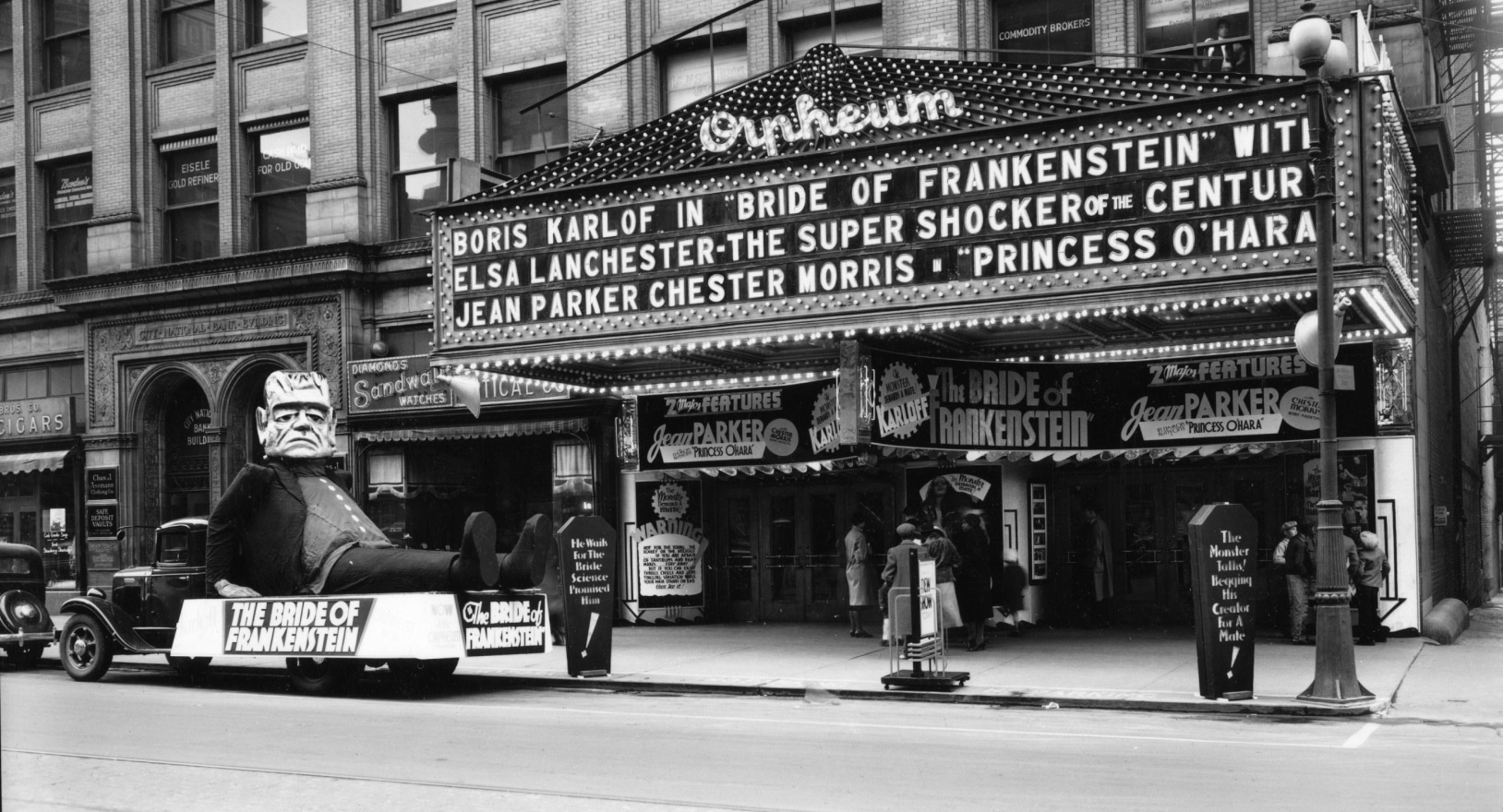
- The owners of the original Orpheum lost two of their additional theaters in Omaha to a fire. Facing growing audience demand for vaudeville, they decided to replace their last standing theater — The Orpheum — with a new and larger building. This is the Orpheum Theater still standing today, built in 1927 for $2 million and constructed over 16 months. A Wurlitzer Style 235 Special pipe organ was installed for the first performance. The gala opening on Monday, October 10, was attended by nearly 3,000 people, including the Mayor of Omaha and the Knights of Ak-Sar-Ben. The program was filled with "laughs, tricks, antics, dances, comic,s and all other things that go to make a happy evening." The “Fighting Eagle,” a motion picture starring former Omaha Central High student Rod La Rocque, was shown.
The Golden Palace and the Silver Screen
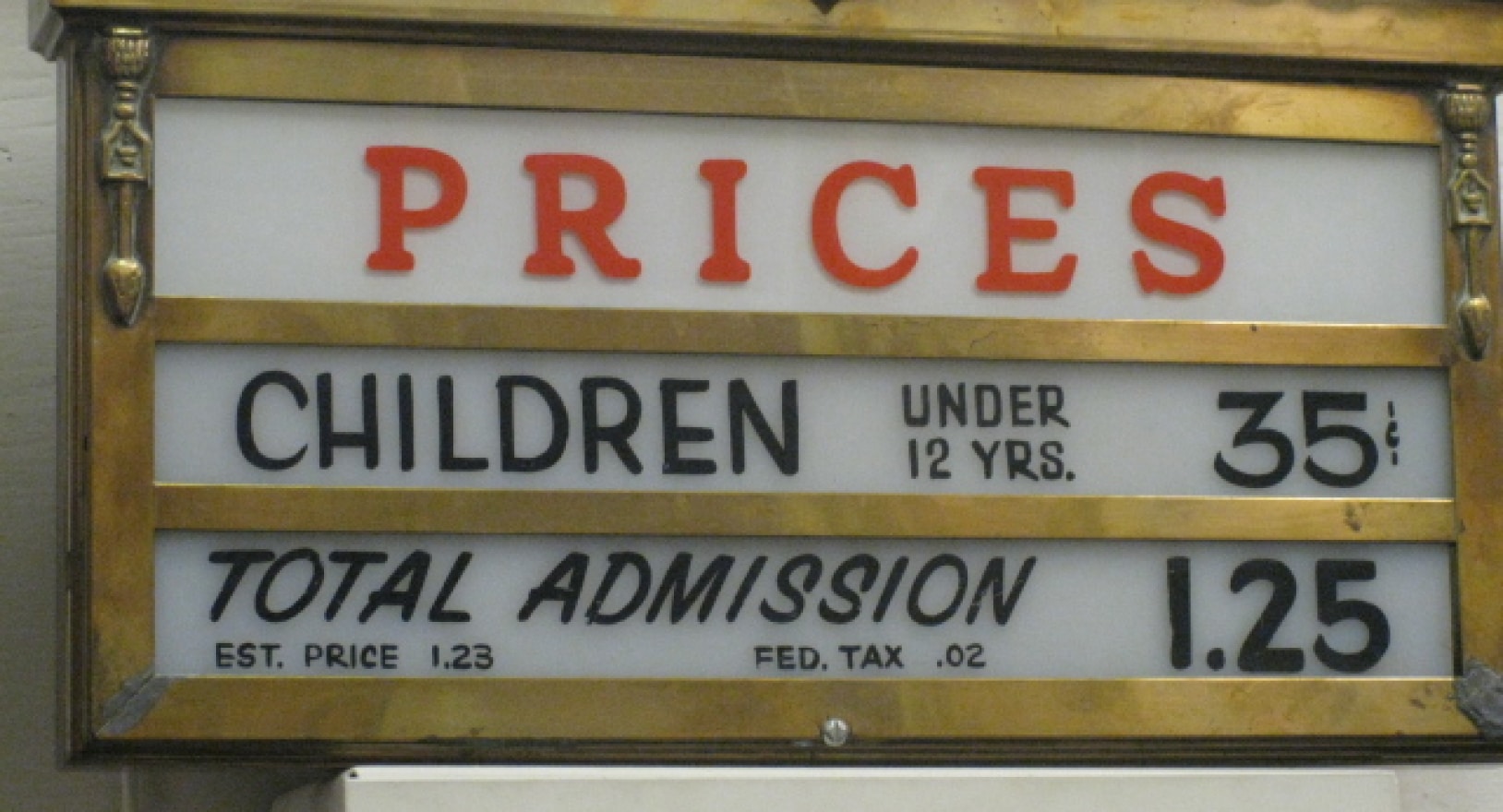
- The Orpheum thrived for its first 20 years, but with the coming of motion pictures, vaudeville's popularity waned. Omaha's Orpheum transitioned into a movie house that gradually faced declining revenue, finally closing on April 29, 1971. It showed its last film to an empty house. The theater's Wurlitzer pipe organ's popularity had also changed. Designed to be played during silent movies and used in local broadcasts throughout the 1930s, the organ eventually fell into disrepair.
Restoring a Cultural Treasure
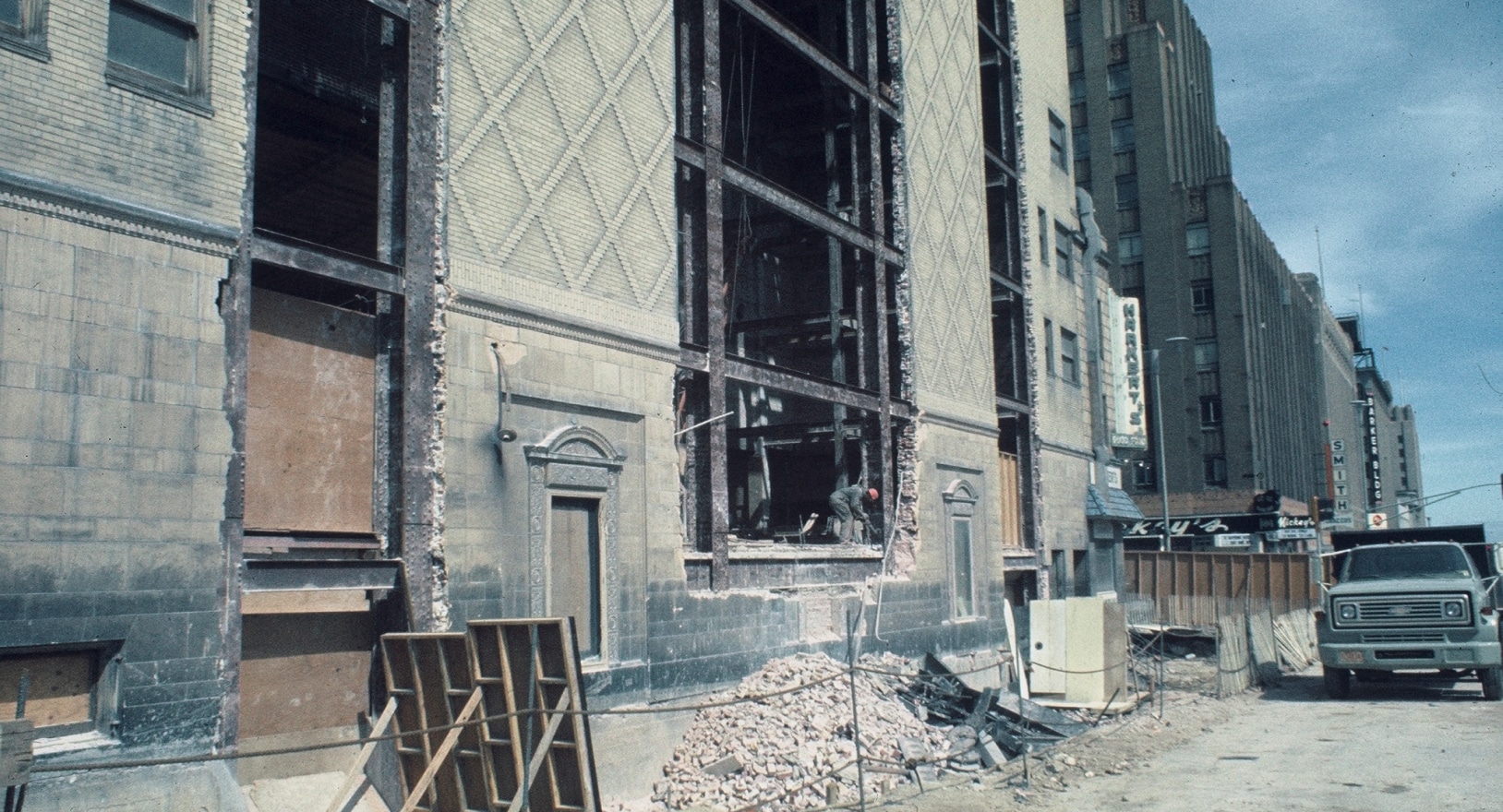
- By 1972, the Knights of Ak-Sar-Ben purchased the Orpheum, to be used as a performing arts center for the Omaha Symphony, Opera Omaha, and Ballet Omaha. An eleventh-hour crisis nearly killed the deal — until the Omaha Symphony Association purchased the lobby and gave it to the City of Omaha. Renovations included adding depth to the stage, new stage rigging, air conditioning, electrical and lighting upgrades, enlarging the orchestra pit, updating seats and carpeting, and restoration of the interior's original beauty.
The Grand Reopening of the Golden Palace
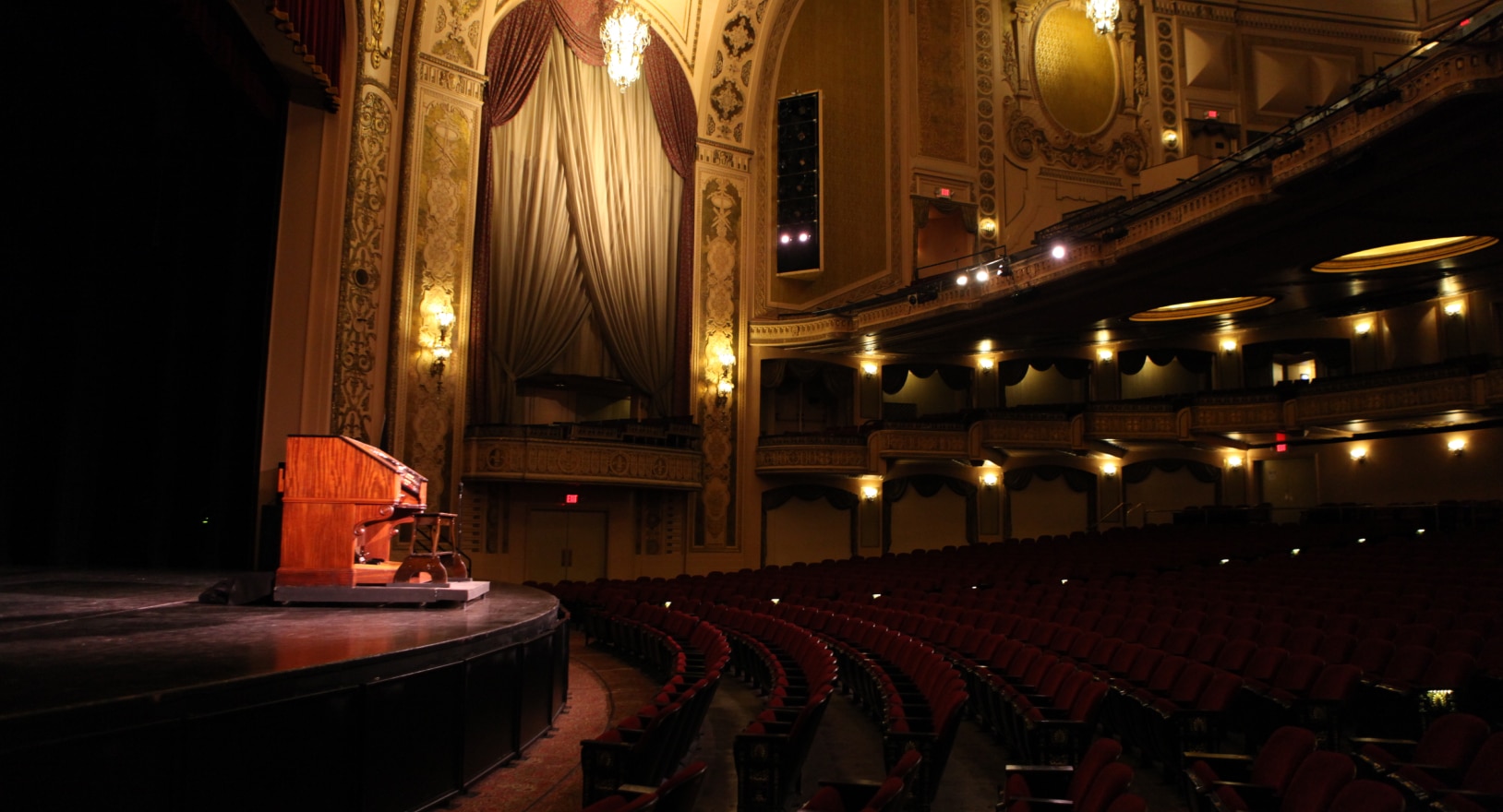
- Comedian Red Skelton graced the stage for the Orpheum's grand reopening on January 17, 1975. Opera Omaha performed on the Orpheum stage for the first time that year, with soprano Beverly Sills in the title role of Donizetti's Lucia di Lammermoor.
Omaha Performing Arts takes over
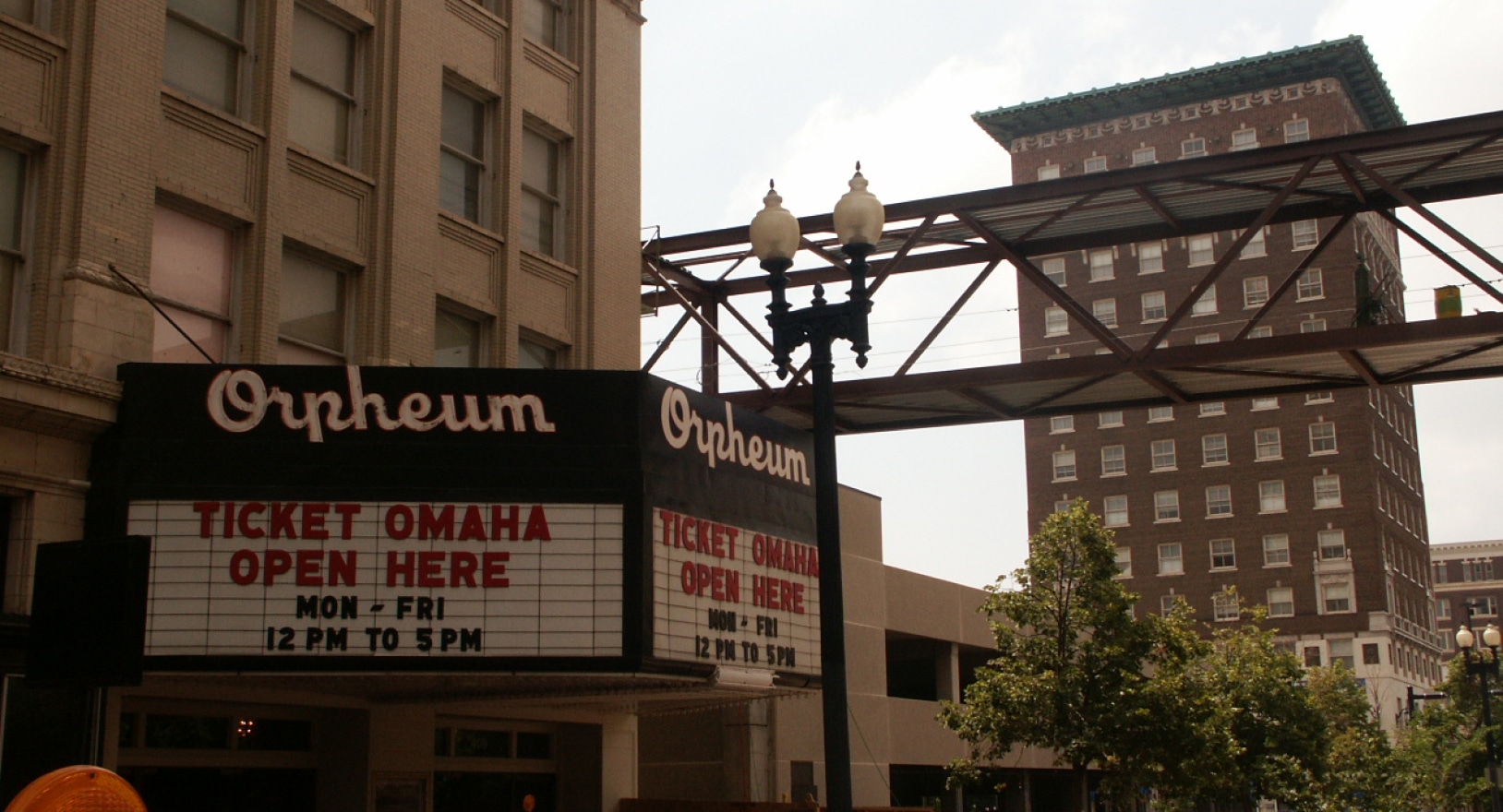
- The next evolution of the Orpheum Theater took place in 2001, when Omaha Performing Arts announced plans for a complete renovation of the Orpheum. In 2002, the City of Omaha granted Omaha Performing Arts a lease to manage the Orpheum Theater, and thanks to the generosity of private funders, the ornate splendor of this magnificent theater was enhanced to better serve patrons and artists. Improvements included refurbished seats, a new stage that could accommodate the largest productions, new dressing rooms, a heating and cooling system, and improved acoustics. Since then, additional improvements have been made by Omaha Performing Arts, including the Skylink between the theater and the parking garage, a new elevator as well as an additional loading dock and women's restrooms, the beautiful donor room the Anne Thorne Weaver Lounge, new rigging, and a new amplified sound system.
The home for touring Broadway
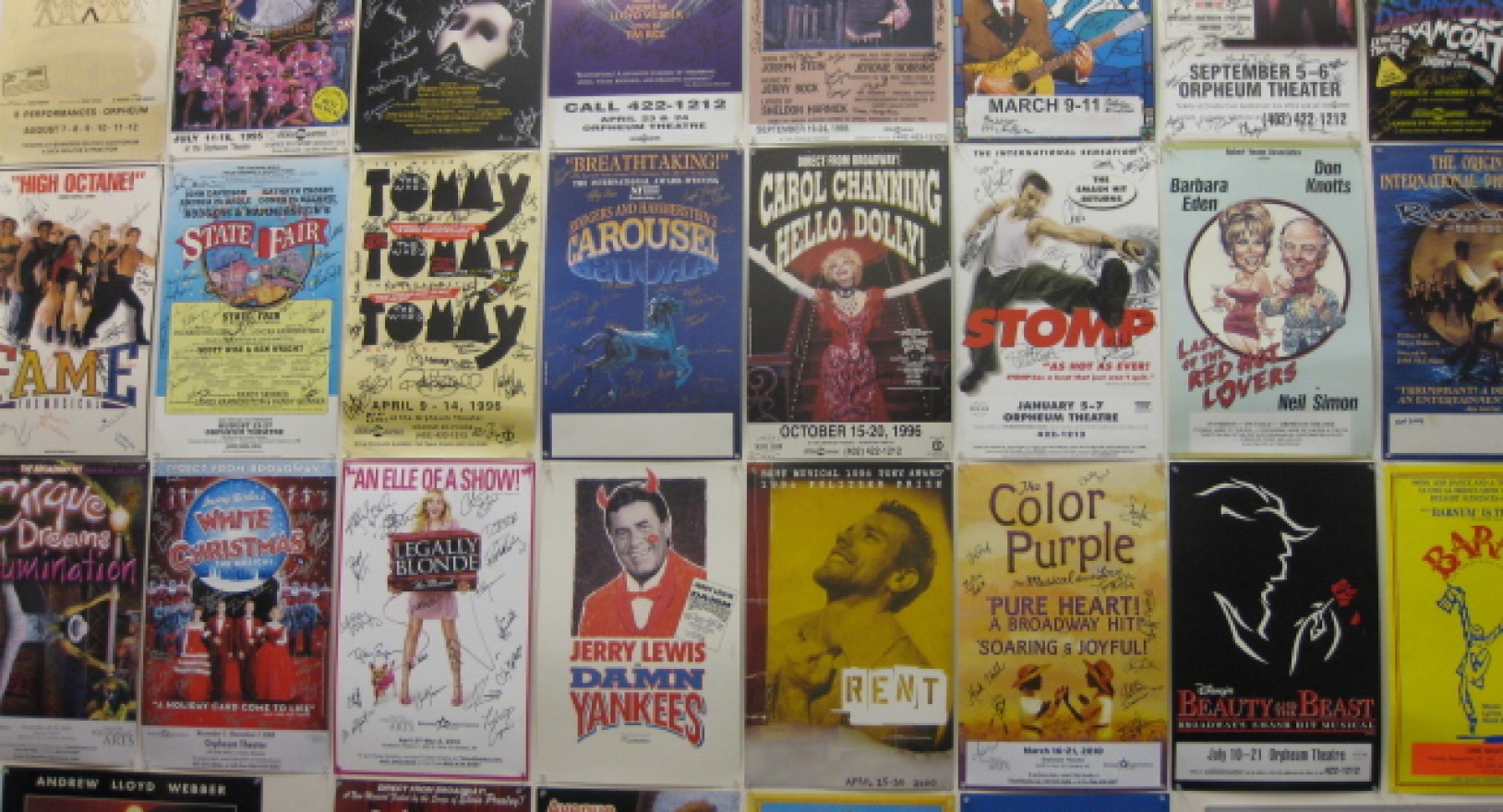
- With the opening of the Holland Center, the available calendar dates at the Orpheum greatly opened up. As a result, O-pa was able to expand and grow the Broadway touring productions in Omaha from an occasional show with 3 to 5 performances to a complete and robust season of the top touring Broadway shows that include 8 shows per week.
Breaking records
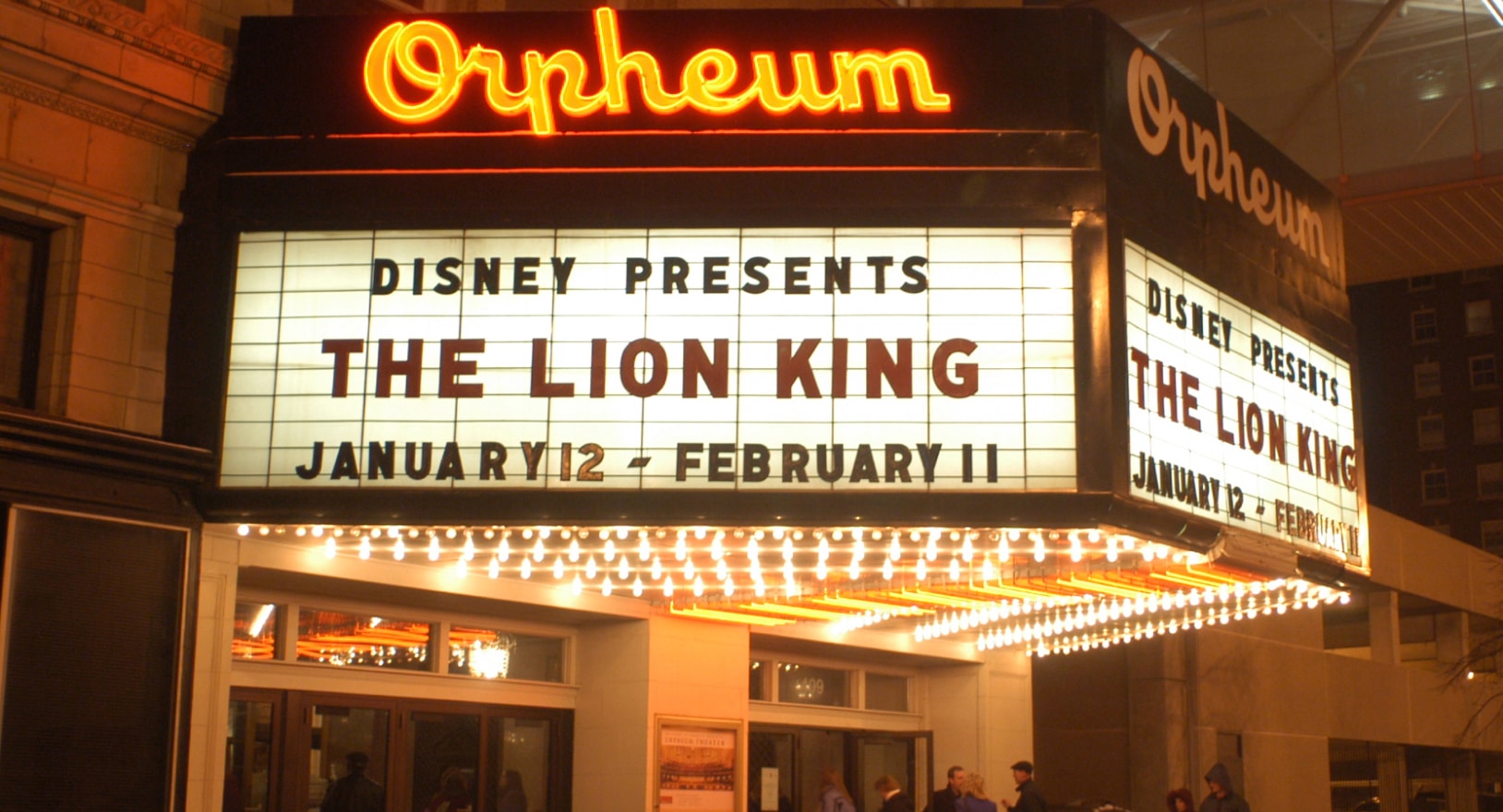
- The touring Broadway show Disney’s THE LION KING breaks Orpheum Theater box office records.
A changing face
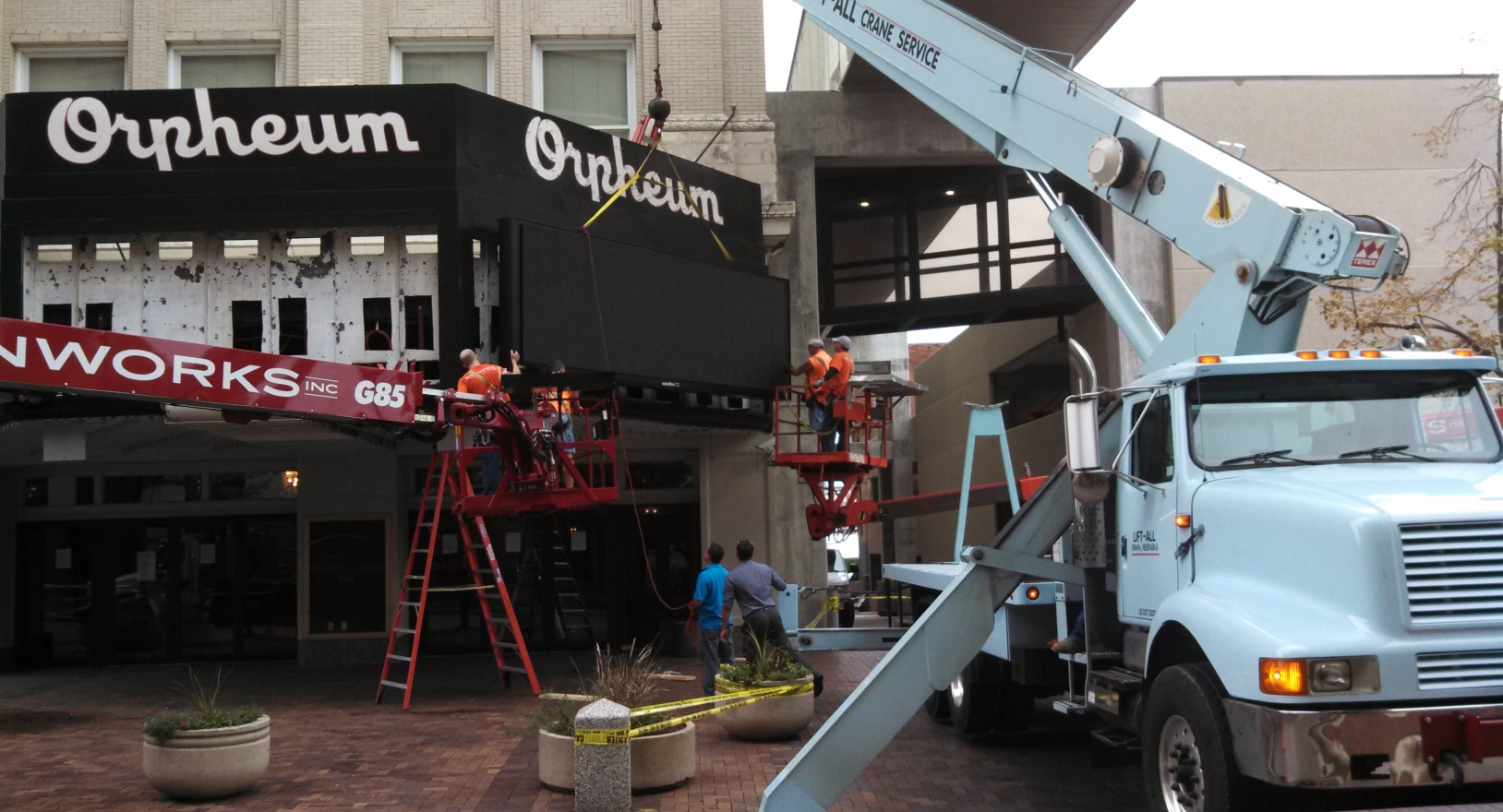
- The Orpheum’s steel-letter marquee that was installed with the 1975 renovation is replaced with a digital marquee.
Orpheum Theater’s 90th Anniversary
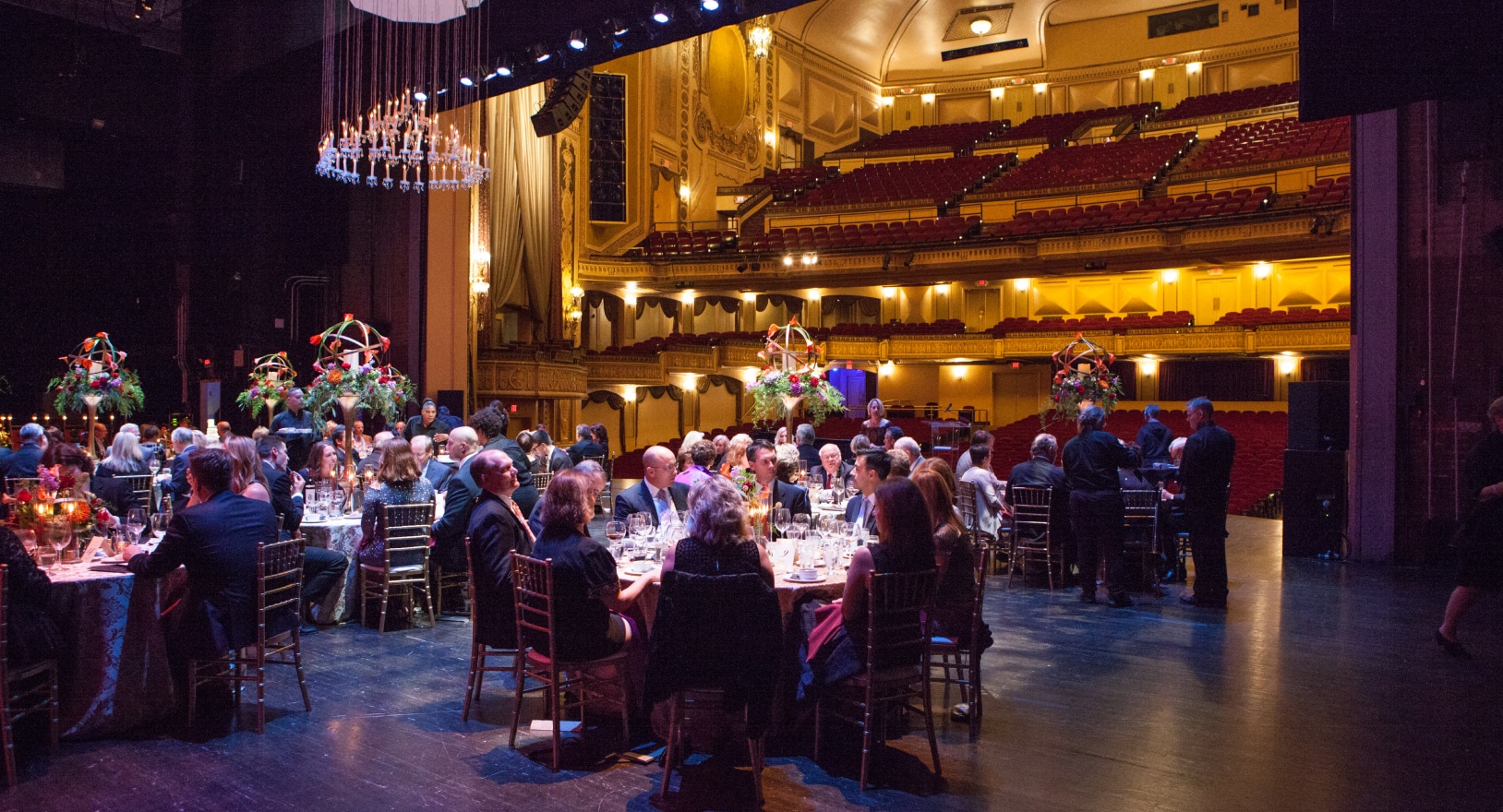
- Over the summer of 2017, Omaha Performing Arts completed a refresh of the Orpheum Theater in preparation for the theater’s 90th anniversary. About $3 million was secured to complete important capital projects and improvements at the theater. These projects included repairing the ceiling, replacing and reupholstering seats, replacing carpet, installation of a hearing loop, refurbishment of Anne Thorne Weaver Lounge, renovation of the Tonniges Family Ambassador Room, and repairs to the north marquee. Since assuming responsibility for the Orpheum in 2002, Omaha Performing Arts has invested over $20 million. Updates continued in 2018 including painting backstage areas and all dressing rooms; parking lot beautification; acoustic panel refurbishment and additional seating; increased wiring and lighting, and new stage floor.


